20 Historical Landmarks in Europe That Will Take You Back in Time!
From the majestic castles of the past to the ancient ruins that whisper stories of old, Europe is a treasure trove of historical landmarks that capture the essence of time.
As you wander through these storied sites, each corner reveals a glimpse into the culture, artistry, and traditions that shaped the continent. This journey through 20 breathtaking landmarks will illuminate the vibrant histories that linger in the air, inviting you to step back in time and experience the charm of Europe’s past.
1. The Colosseum, Rome, Italy
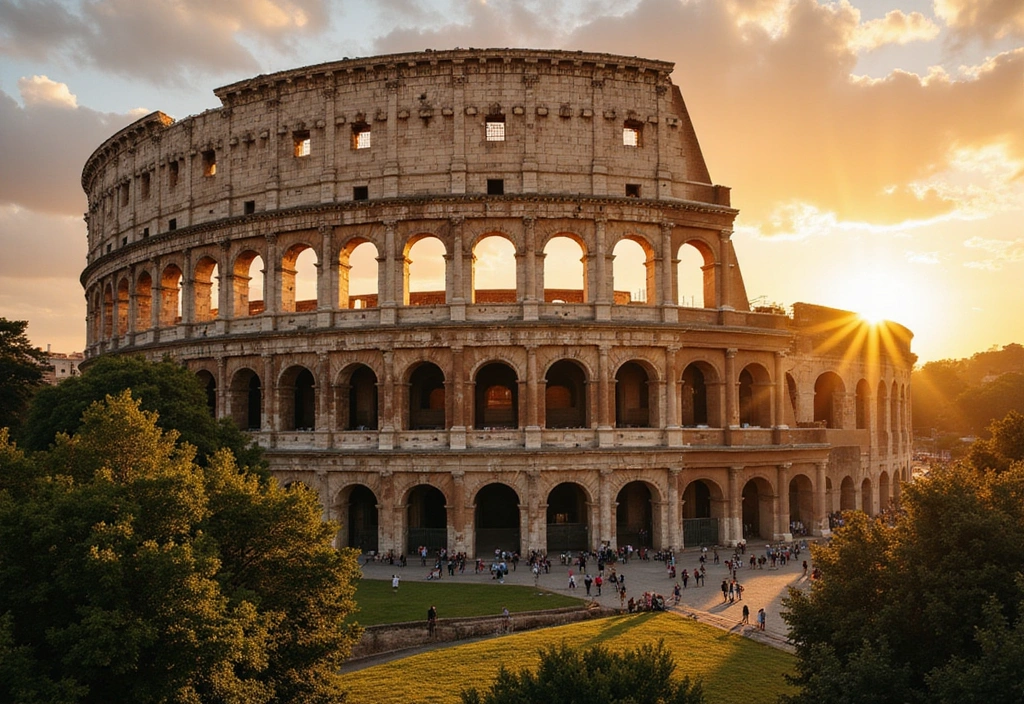
The Colosseum, an iconic symbol of Ancient Rome, is a stunning amphitheater that once hosted grand gladiatorial battles. Standing proudly since 80 AD, this architectural marvel offers insights into the ingenuity of Roman engineering.
Walk through its arches and imagine the roar of the crowd as gladiators fought for glory. The sheer scale of the Colosseum—able to accommodate over 50,000 spectators—is awe-inspiring. Today, you can explore its intricate corridors and learn about the fascinating history that unfolds within its stone walls. Don’t miss the underground chambers where animals and gladiators were held before the shows.
– Tip: Visit early in the morning or late in the afternoon to avoid the crowds and capture stunning photographs.
– Unique Insight: The Colosseum was originally known as the Flavian Amphitheatre, named after the Flavian dynasty that built it.
This landmark is not just a site; it’s a time capsule, revealing layers of stories that shaped ancient Roman society.
2. The Eiffel Tower, Paris, France
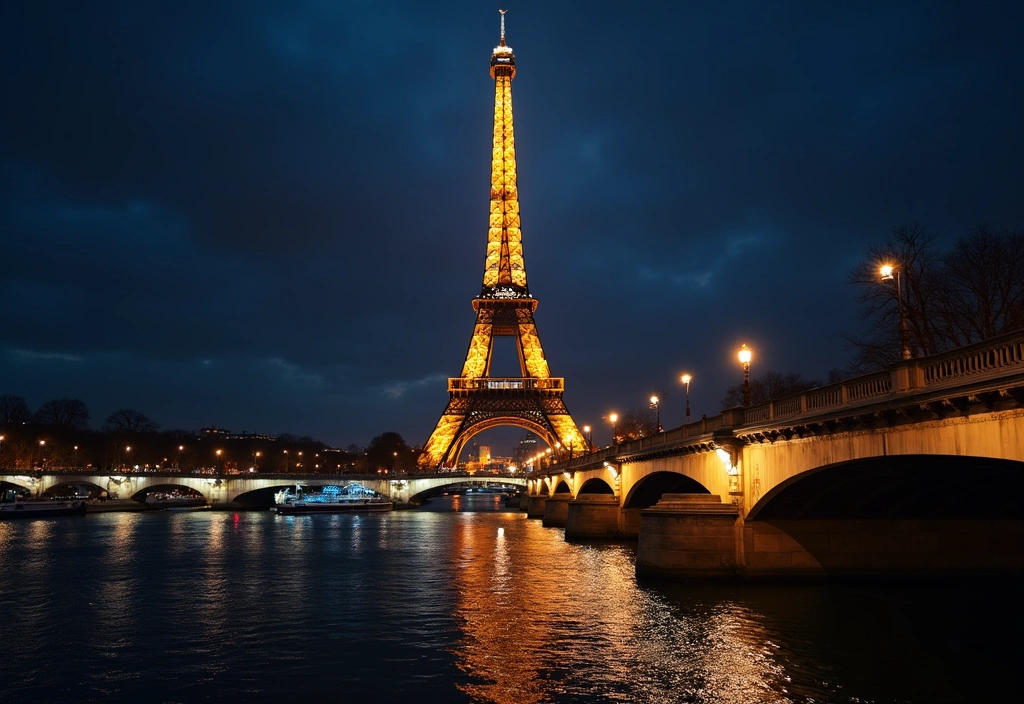
The Eiffel Tower, an emblem of love and romance, towers majestically over Paris at 1,083 feet. Built for the 1889 World’s Fair, it was initially met with skepticism, yet has become a beloved icon of French culture.
Ascending the tower provides a breathtaking panoramic view of Paris, revealing the Seine River’s gentle curves and the sprawling cityscape beneath. The intricate iron lattice design is an architectural wonder, showcasing the brilliance of Gustave Eiffel.
– Tip: Book your tickets online to skip the line and enjoy a magical evening when the tower sparkles with lights every hour.
– Unique Insight: The Eiffel Tower sways slightly in the wind, a testament to its engineering marvel.
A visit here is more than just an observation; it’s a romantic rendezvous with history, art, and culture wrapped into one stunning package.
3. The Acropolis, Athens, Greece
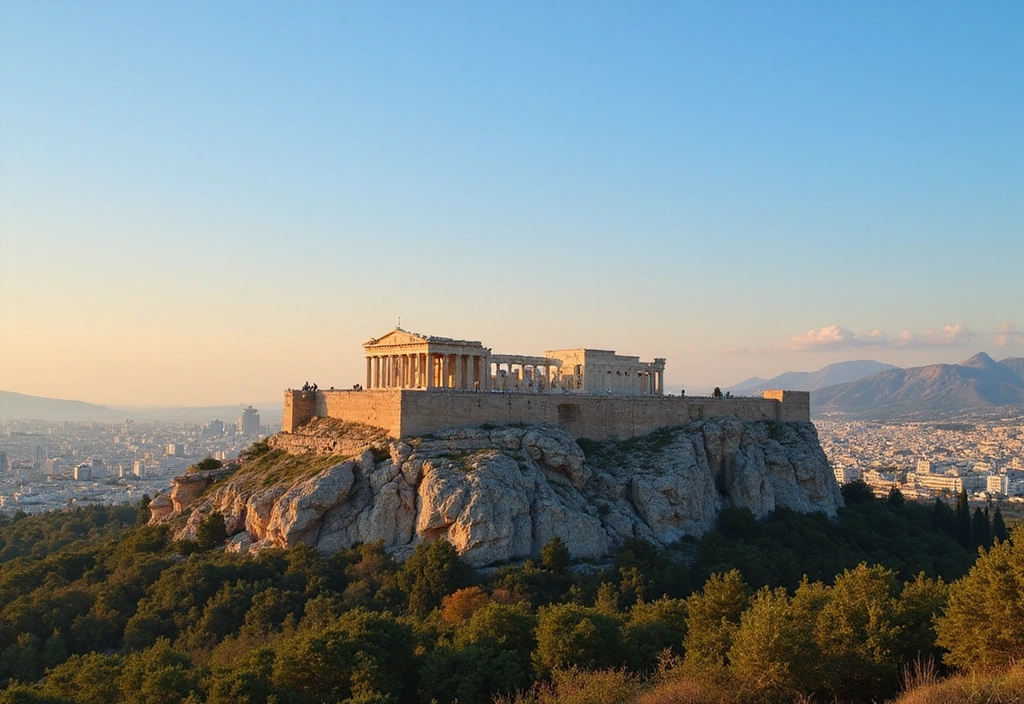
The Acropolis, an ancient citadel perched high above Athens, is one of the most significant historical sites in the world. Its most famous structure, the Parthenon, stands as a tribute to the goddess Athena, embodying the glory of ancient Greek civilization.
Walking among the ruins, you can feel the weight of history in every stone. The site is a blend of artistry and architecture, showcasing the exquisite decorative details that have inspired artists for centuries. Outside the Parthenon, you can explore the Erechtheion and the Temple of Athena Nike, both rich in mythology.
– Tip: Visit during the early morning hours to enjoy the beauty of the site in peace before the crowds arrive.
– Unique Insight: The Acropolis has been used for various purposes over the centuries, including a church and a mosque.
This landmark is not just a testament to Greek heritage; it is a symbol of democracy and philosophy that shaped modern thought.
4. Stonehenge, Wiltshire, England
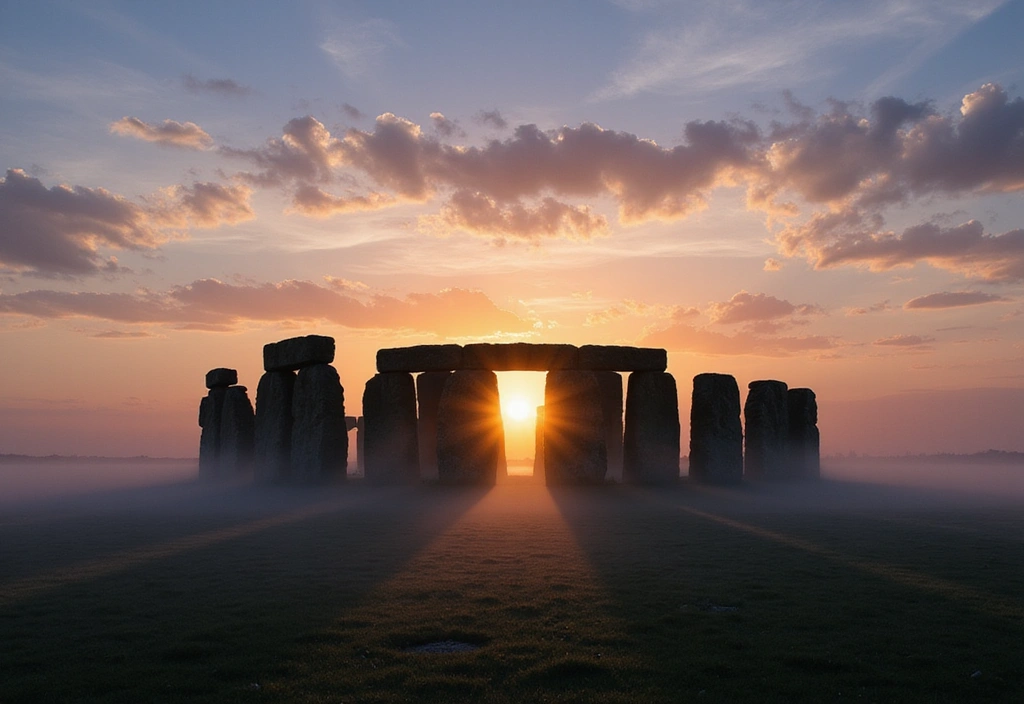
Stonehenge, the prehistoric monument shrouded in mystery, has captivated visitors for centuries. Built around 2500 BC, this neolithic circle of standing stones is believed to have served various purposes, including astronomical observations and ceremonial rituals.
The sheer size and arrangement of the stones suggest incredible engineering skills for its time. Standing among these ancient giants transports you back to a time when our ancestors shared a profound connection with the cosmos. The surrounding landscape enhances the mystique, with its rolling hills and lush pastures.
– Tip: Reserve a tour that allows early access to the stones for an intimate experience.
– Unique Insight: The stones are aligned with the sunrise of the summer solstice, indicating its astronomical significance.
Stonehenge is not just an archaeological site; it’s a spiritual journey into the depths of human history and our relationship with the universe.
5. The Alhambra, Granada, Spain
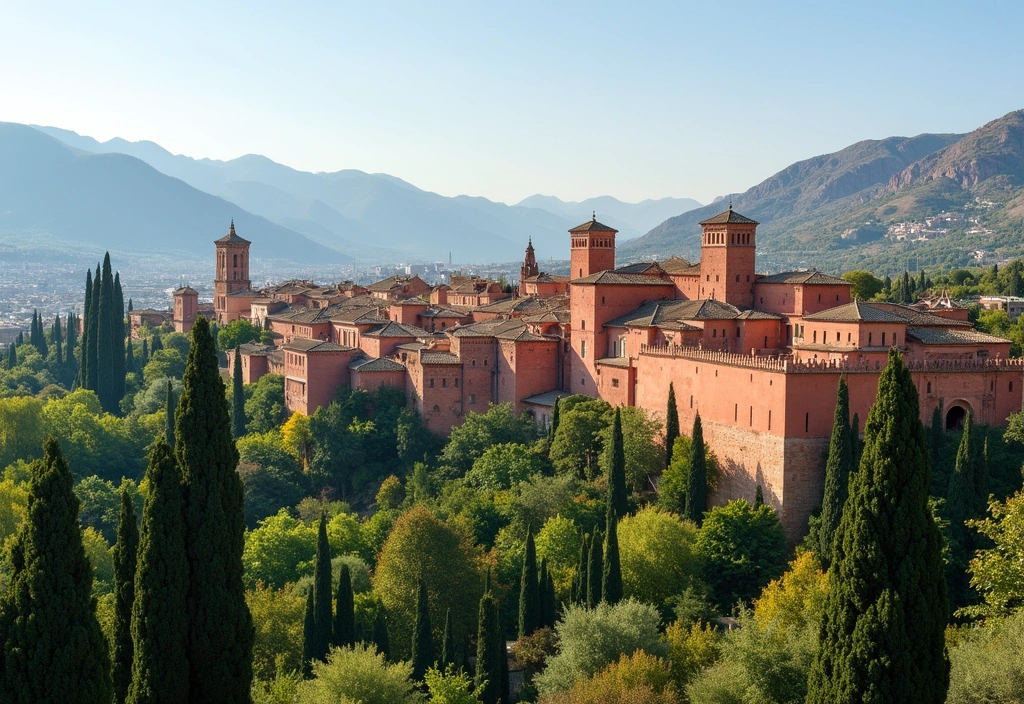
The Alhambra, a splendid palace and fortress complex, is a testament to the rich history of the Moors in Spain. Nestled against the Sierra Nevada mountains, it boasts stunning Islamic architecture that mesmerizes visitors with its intricate tile work and serene gardens.
Walking through the Nasrid Palaces, you’ll discover beautiful courtyards adorned with fountains and lush greenery, creating an oasis of tranquility. The Generalife, the summer palace, offers breathtaking views and beautifully landscaped gardens that transport you to another era.
– Tip: Book your tickets in advance, especially during peak seasons, to ensure access to this historical gem.
– Unique Insight: The word “Alhambra” means “the red one,” referring to the color of the clay used in its construction.
Visiting the Alhambra is like stepping into a fairy tale, where every corner tells a story of a bygone era filled with romance and political intrigue.
6. The Tower of London, England
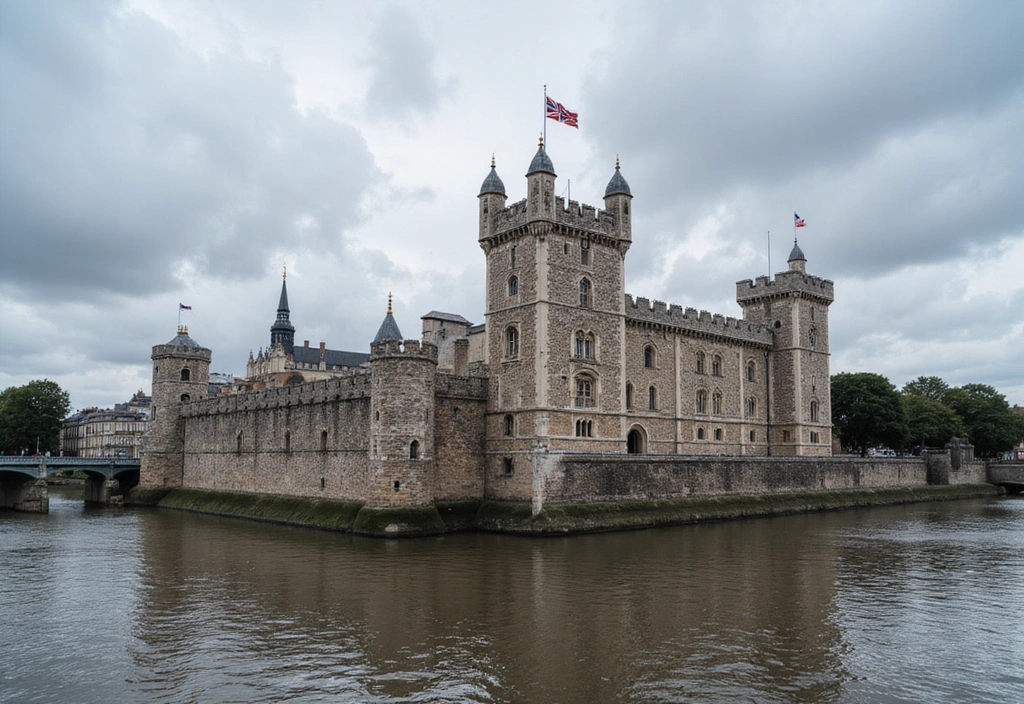
The Tower of London, a UNESCO World Heritage Site, is steeped in history and intrigue. This fortress has served multiple purposes over the centuries, from royal palace to prison, and even a treasury.
Walking through these stone walls, you can almost hear the echoes of whispers from centuries of history, including the tales of prisoners like Anne Boleyn. The Crown Jewels, a dazzling collection of royal regalia, are also housed here, offering a glimpse into the opulence of the monarchy.
– Tip: Join a guided tour led by the famous Yeoman Warders to get the most engaging recounts of the tower’s history.
– Unique Insight: The Tower has its own resident ravens, and folklore suggests that if they ever leave, the kingdom will fall.
The Tower of London is more than just a building; it’s a captivating narrative of power, betrayal, and the ever-evolving story of England.
7. The Parthenon, Athens, Greece
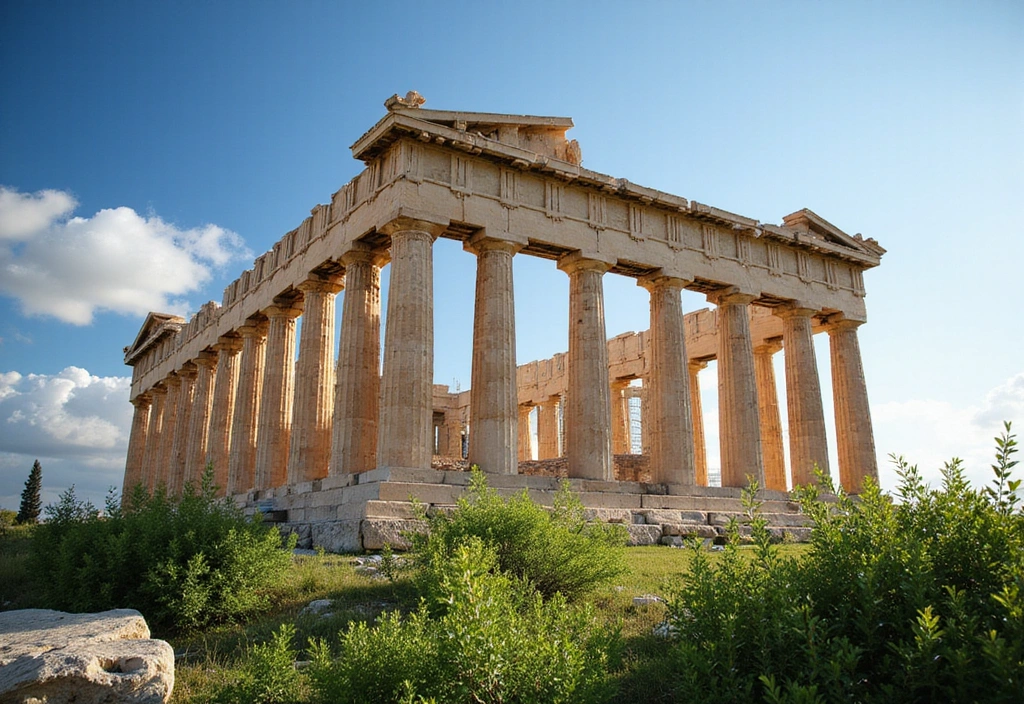
The Parthenon, a monumental symbol of democracy and ancient Greek civilization, sits atop the Acropolis and has endured the test of time. Dedicated to Athena, the city’s patron goddess, this temple showcases the artistry of classical Greece through its stunning Doric columns and intricate friezes.
As you explore this historic site, you’ll be struck by the elegance and precision of its design, which is considered one of the greatest achievements in architecture. Nothing compares to standing amidst these ancient ruins while taking in panoramic views of Athens.
– Tip: Visit in the late afternoon for the best light for photography and fewer crowds.
– Unique Insight: The Parthenon was not only a temple but also a treasury for the Delian League.
Walking among the remnants of the Parthenon, you gain insight into the values of a civilization that laid the groundwork for modern democracy and philosophy.
8. Neuschwanstein Castle, Bavaria, Germany
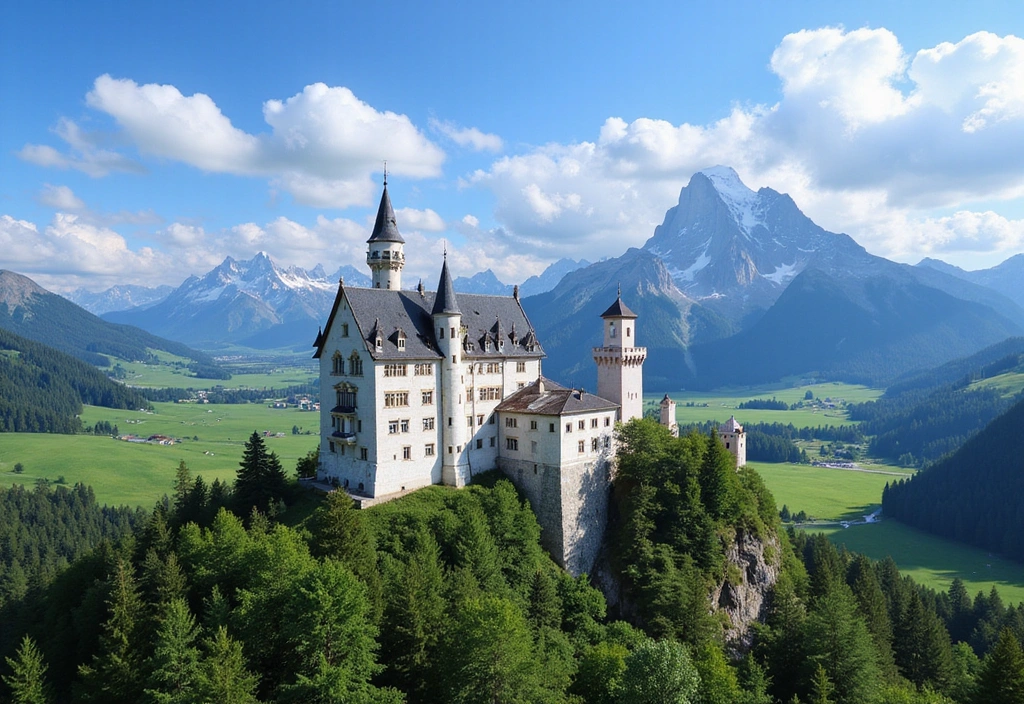
Neuschwanstein Castle, the fairytale fortress nestled in the Bavarian Alps, is a dream come true for many. Commissioned by King Ludwig II in the 19th century, this castle is a masterpiece of Romantic architecture with its soaring towers and picturesque setting.
Exploring its ornate interiors, from the dazzling throne room to the cozy hall of the singers, offers a captivating glimpse into the life of a king inspired by Wagner’s operatic tales. The breathtaking views from the castle overlooking the lakes and mountains are simply unmatched.
– Tip: Take a horse-drawn carriage ride up to the castle for an enchanting experience.
– Unique Insight: Neuschwanstein was one of the inspirations for Disneyland’s Sleeping Beauty Castle.
Visiting this enchanting castle feels like stepping into a storybook, making it a must-see for anyone who cherishes history and fantasy alike.
9. The Roman Forum, Rome, Italy
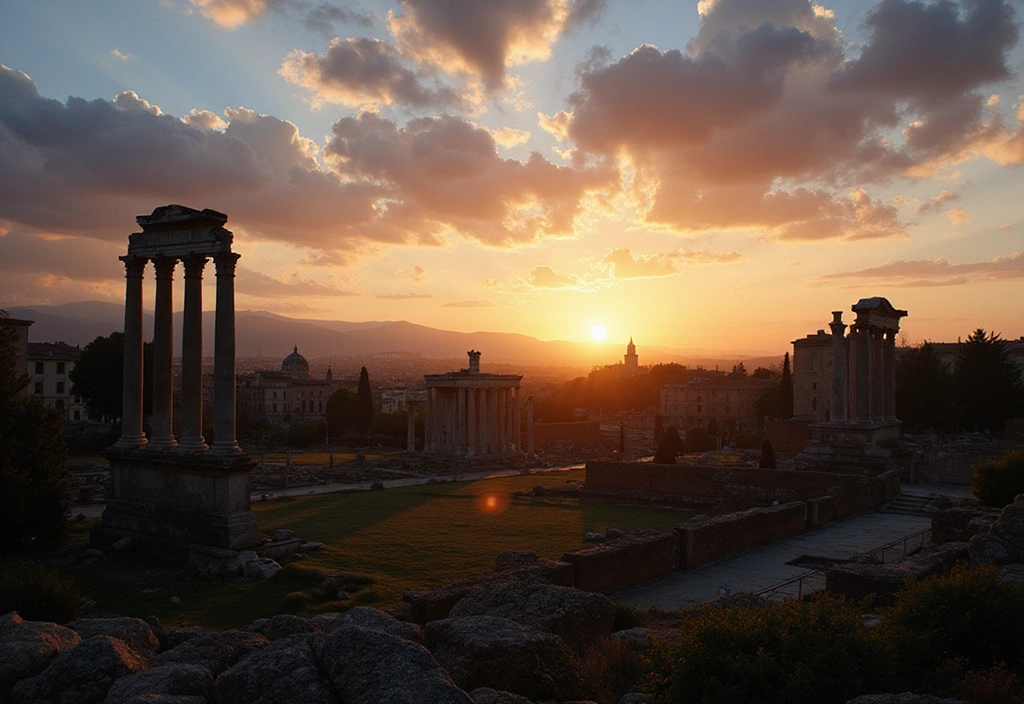
The Roman Forum was once the heart of ancient Rome, bustling with activity and political life. Today, it’s a sprawling complex of ruins that offers an intriguing window into the past.
Wandering through its ancient pathways, you’ll encounter remnants of temples, basilicas, and marketplaces, each steeped in history. Highlights include the Temple of Saturn and the Arch of Titus, each telling stories of Rome’s rise and fall. The contrast between the ruins and the surrounding modern city enhances its timeless allure.
– Tip: Consider a guided tour to fully appreciate the historical context of the site and its significance.
– Unique Insight: The Forum was the site of many political speeches, public trials, and gladiatorial matches.
Exploring the Roman Forum is like taking a journey through time, where each stone whispers tales of glory, governance, and the grit of daily life in ancient Rome.
10. The Palace of Versailles, France

The Palace of Versailles, a symbol of opulence and absolute monarchy, is a stunning example of 17th-century French architecture. Originally a hunting lodge for King Louis XIII, it was transformed into a grand palace that showcases the height of royal extravagance.
As you wander through its splendid Hall of Mirrors, opulent gardens, and lavishly decorated rooms, the sheer scale of luxury is breathtaking. The fountains and meticulously landscaped gardens evoke a sense of grandeur and tranquility.
– Tip: Allocate a whole day to explore the gardens and the palace to truly absorb its beauty.
– Unique Insight: The Treaty of Versailles, which ended World War I, was signed here, adding another layer of historical significance.
Visiting Versailles is not merely about stepping into a palace; it’s about experiencing a piece of history that shaped Europe’s cultural landscape.
11. Westminster Abbey, London, England

Westminster Abbey, a stunning Gothic masterpiece, has been the site of royal ceremonies for over a thousand years. From coronations to weddings, this church is deeply woven into the fabric of British history.
As you step inside, the intricate stained glass windows and impressive fan vaulting transport you to another era. The Abbey is the resting place of numerous notable figures, including poets, scientists, and monarchs, adding to its rich historical tapestry.
– Tip: Consider joining a guided tour to learn the fascinating stories behind the tombs and memorials.
– Unique Insight: The Abbey has hosted every coronation since William the Conqueror in 1066.
Westminster Abbey is not just a church; it’s a living chronicle of British history, reflecting the nation’s growth through art, culture, and faith.
12. The Sagrada Familia, Barcelona, Spain

The Sagrada Familia, Antoni Gaudí’s unfinished masterpiece, is a breathtaking basilica that redefines architectural beauty. With its intricate facades and towering spires, this iconic structure is a testament to Gaudí’s unique vision and creativity.
Visiting this site feels like stepping into a living sculpture, where nature, faith, and art converge. The interior, filled with vibrant colors from stained glass windows, creates a mystical atmosphere.
– Tip: Reserve your tickets online to avoid long queues and consider a guided tour for in-depth insights into Gaudí’s work.
– Unique Insight: Construction started in 1882 and is projected to be completed in 2026, marking its 144th anniversary.
Experiencing the Sagrada Familia is like diving into a dream, where every corner reveals something new and extraordinary, inviting reflection and admiration.
13. Pompeii, Italy
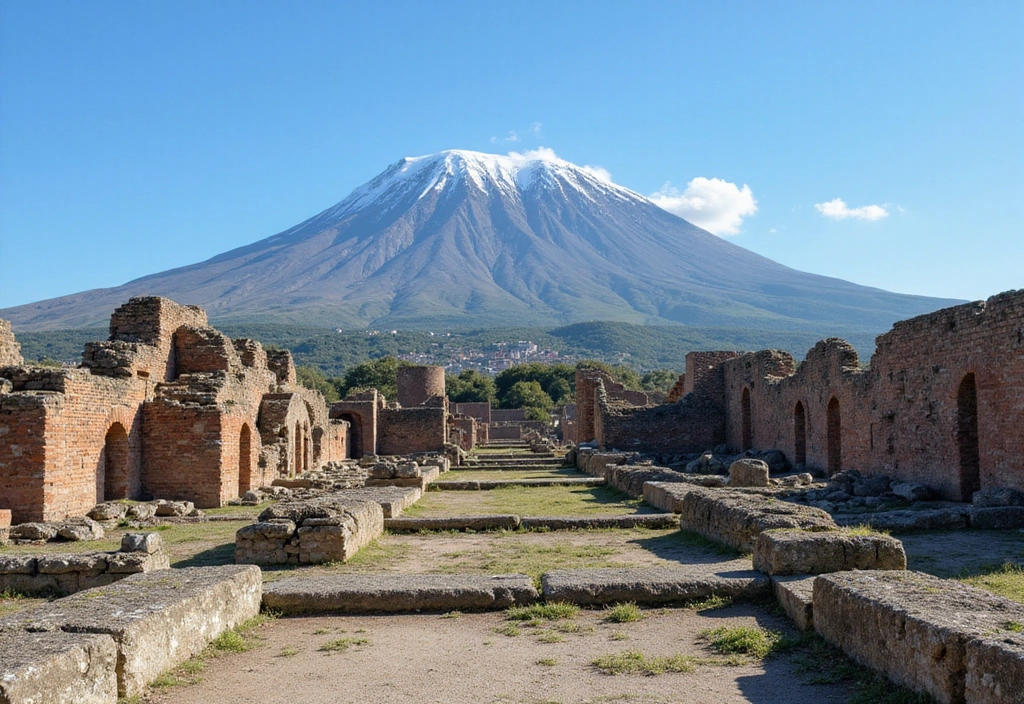
Pompeii, the ancient Roman city frozen in time by the eruption of Mount Vesuvius in 79 AD, is a magnificent archaeological site that offers a unique glimpse into daily life in ancient Rome. Walking through the streets, you’ll encounter remarkably preserved buildings, frescoes, and even the casts of those who were caught in the catastrophe.
Every corner of Pompeii tells a story, from the bustling shops to the grand villas adorned with intricate mosaics. The Forum, amphitheater, and baths highlight the city’s social structure and cultural richness.
– Tip: Hire a guide to enhance your understanding of the historical context and significance of different sites.
– Unique Insight: The ash from the eruption preserved the city remarkably well, allowing historians to understand the intricacies of Roman life.
Exploring Pompeii is like walking through a time capsule, where the echoes of the past resonate through the ruins, inviting reflection on the fragility of life.
14. The Rijksmuseum, Amsterdam, Netherlands
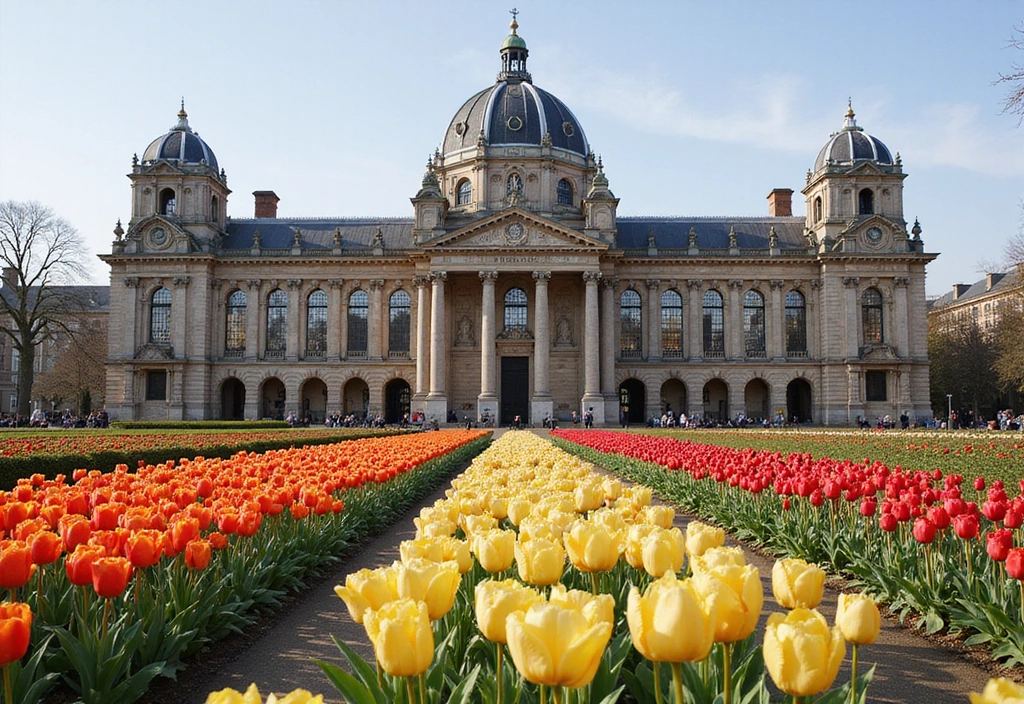
The Rijksmuseum, a national museum dedicated to arts and history, houses masterpieces from the Dutch Golden Age. Its collection boasts works from renowned artists like Rembrandt, Vermeer, and Hals, illustrating the cultural richness of the era.
The building itself is a stunning example of Gothic and Renaissance architecture, with its iconic tower standing tall against the Amsterdam skyline. Through its beautifully curated galleries, visitors can immerse themselves in the artistry and history of the Netherlands.
– Tip: Don’t forget to book tickets in advance and allow time to explore the museum gardens, which are equally charming.
– Unique Insight: The museum underwent a 10-year renovation to restore and expand its exhibits, reopening in 2013 to great acclaim.
Visiting the Rijksmuseum is a feast for the eyes and a journey through Dutch heritage, offering a deeper appreciation for the world of art and the stories behind it.
15. The Kremlin, Moscow, Russia
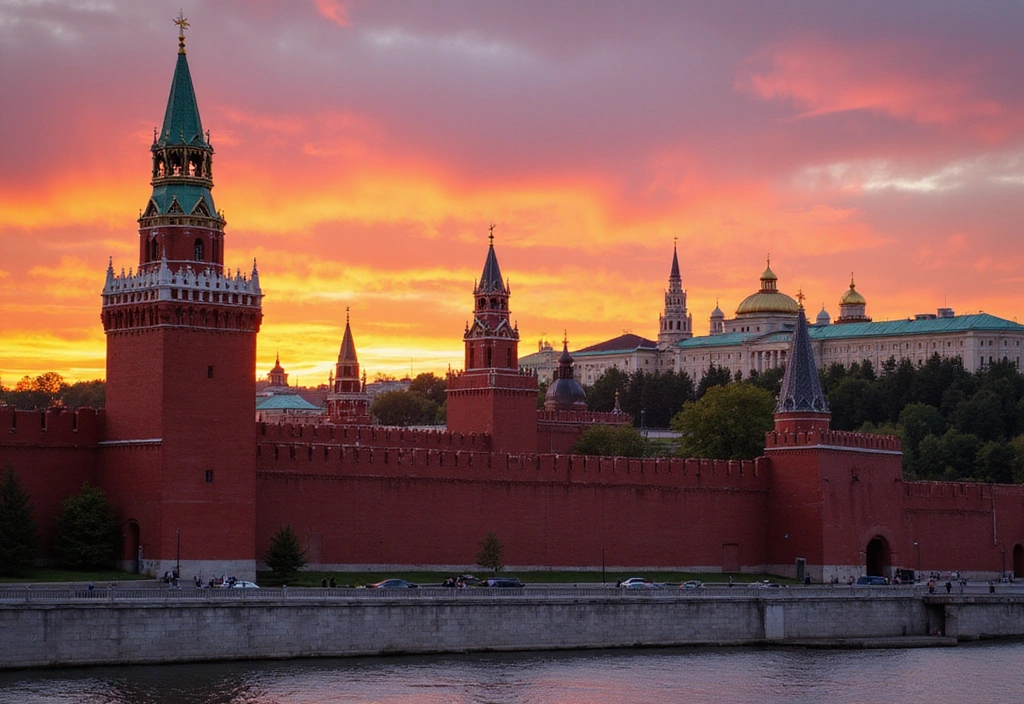
The Kremlin, the heart of Russia’s political power, is a fortified complex filled with stunning palaces, cathedrals, and museums. With its iconic red walls and golden domes, the Kremlin has witnessed centuries of history from Tsarist rule to Soviet power.
Stepping inside, you’ll find a treasure trove of art and history, including the famous State Armory, home to the Crown Jewels. The grandeur of Cathedral Square, with its ornate cathedrals, reflects the rich cultural heritage of the nation.
– Tip: Don’t miss the chance to take a guided tour to uncover the layers of history within this UNESCO World Heritage Site.
– Unique Insight: The Kremlin served as the official residence of the President of Russia, blending centuries of history with modern governance.
Exploring the Kremlin is a fascinating journey through time, where history echoes through its walls, making it a powerful symbol of Russian identity.
16. The Vatican City, Vatican

Vatican City, the smallest independent state in the world, is the spiritual heart of the Catholic Church and home to a wealth of artistic treasures. St. Peter’s Basilica, with its awe-inspiring dome designed by Michelangelo, is a must-see for any traveler.
Inside, the stunning interior and the intricate artwork of the Sistine Chapel, including the famous ceiling, offer an unparalleled experience. The Vatican Museums, holding a vast collection of art and historical artifacts, showcase centuries of culture and devotion.
– Tip: Purchase a combined ticket for the Vatican Museums and St. Peter’s Basilica to get the most out of your visit and avoid long lines.
– Unique Insight: The Vatican holds one of the largest collections of art in the world, including works from Raphael and the ancient Roman period.
Visiting Vatican City is more than just a tour; it’s an immersion into the rich tapestry of art, faith, and history that spans centuries.
17. The Great Wall of China

While not traditionally categorized within Europe, the Great Wall of China represents a significant historical landmark that draws millions of visitors. The wall stretches over 13,000 miles and showcases the ingenuity of ancient Chinese civilization.
Traversing its various sections allows you to soak in breathtaking views of the surrounding landscapes, from rolling hills to rugged mountains. The sections at Badaling and Mutianyu are particularly popular for their accessibility and stunning scenery.
– Tip: Visit during off-peak seasons for a more tranquil experience away from the crowds.
– Unique Insight: The Great Wall was built over centuries, with different dynasties contributing to its construction and expansion.
Whether you hike a short stretch or traverse longer routes, each step along the Great Wall tells a story of perseverance, power, and the complexities of Chinese history.
18. The Sistine Chapel, Vatican City
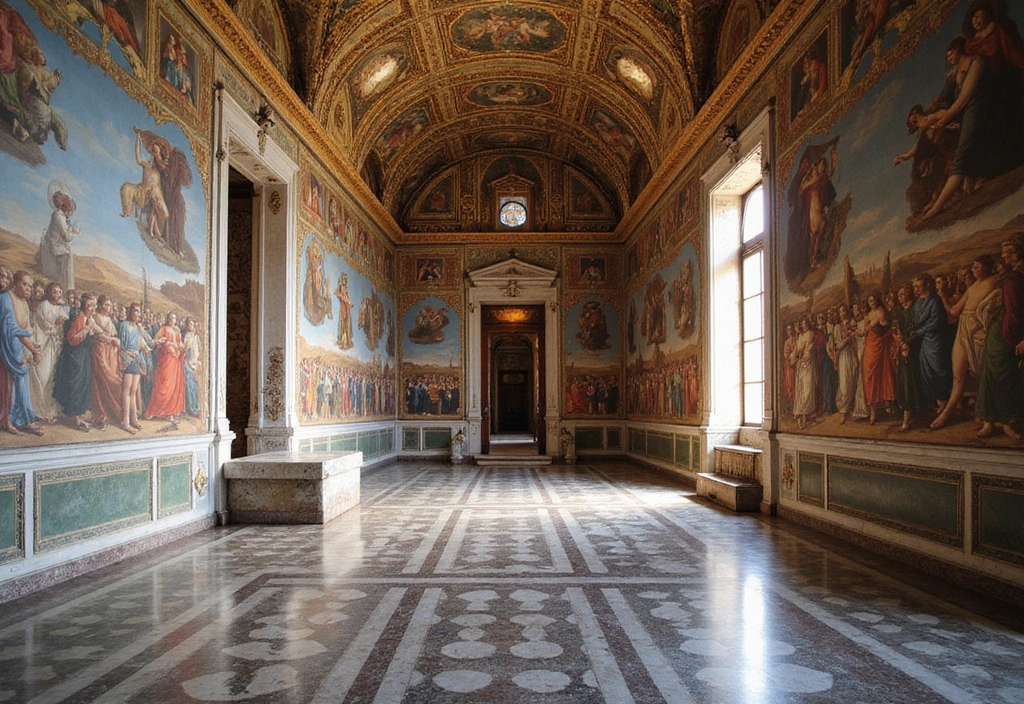
The Sistine Chapel, an exquisite masterpiece of Renaissance art, is renowned for its breathtaking frescoes painted by Michelangelo. The chapel, part of Vatican City, serves as the papal conclave where new popes are elected.
As you look up at the iconic ceiling, you’ll be mesmerized by the vivid colors and intricate details depicting biblical scenes, especially ‘The Creation of Adam.’ The Last Judgment, located behind the altar, is another stunning work that showcases Michelangelo’s genius.
– Tip: Visit early in the morning or late in the afternoon to avoid the largest crowds and fully appreciate the artistry.
– Unique Insight: The chapel’s name comes from Pope Sixtus IV, who commissioned its construction in the 15th century.
A visit to the Sistine Chapel is not just about seeing art; it’s an experience that immerses you in the grandeur of spiritual and artistic excellence.
19. The Brandenburg Gate, Berlin, Germany
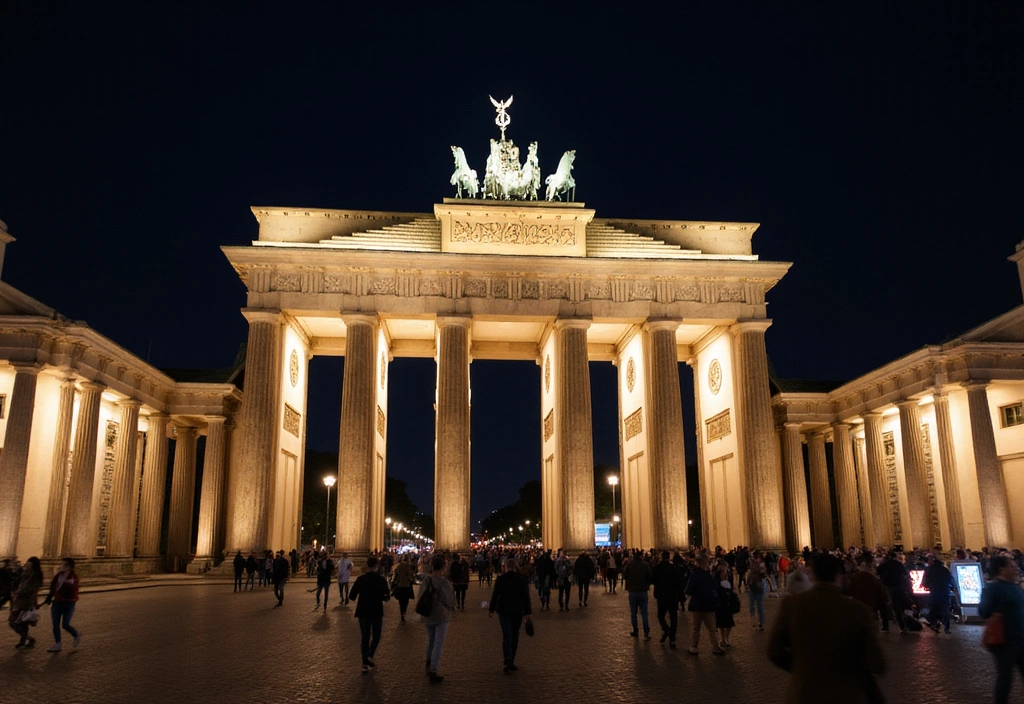
The Brandenburg Gate is a neoclassical monument that stands as a symbol of Berlin’s tumultuous history. Initially commissioned by Frederick the Great in the 18th century, it has witnessed significant historical events, including the fall of the Berlin Wall.
Walking through this iconic structure evokes feelings of unity and peace, making it a powerful symbol of Germany’s reunification. The surrounding Pariser Platz is equally vibrant, filled with cafes and shops that enhance the lively atmosphere.
– Tip: Visit at night when the gate is beautifully illuminated, providing a fantastic backdrop for photos.
– Unique Insight: The Brandenburg Gate played a pivotal role in various parades, political rallies, and celebrations throughout its history.
Visiting this landmark is a reminder of both the past’s struggles and the triumphs of human resilience.
20. The Ponte Vecchio, Florence, Italy
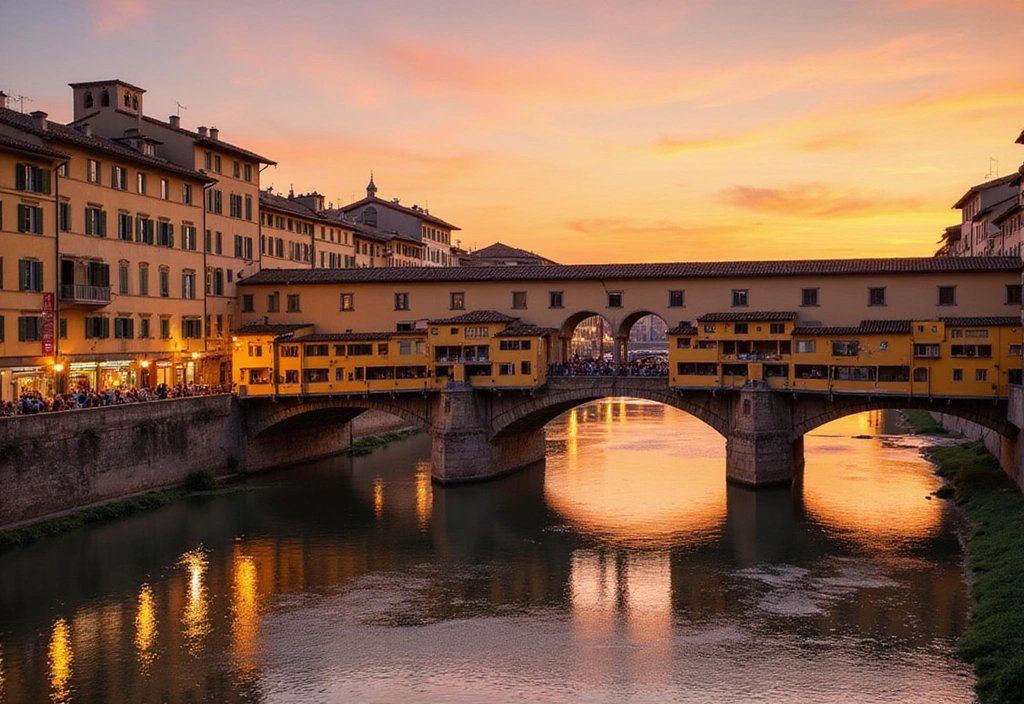
The Ponte Vecchio, an ancient bridge that crosses the Arno River, is a charming blend of history and commerce. Known for its vibrant shops selling jewelry and art, the bridge dates back to the 14th century and has remained a bustling marketplace ever since.
As you stroll across the bridge, the views of the river and the surrounding cityscape are breathtaking, especially during sunset. The architecture showcases medieval craftsmanship, with its distinctive arches and colorful storefronts adding to its allure.
– Tip: Visit early in the morning to experience the bridge before it fills with tourists.
– Unique Insight: The bridge is noted for having survived World War II intact, as Hitler famously refused to destroy it.
Walking across the Ponte Vecchio is not just an architectural experience; it’s a journey through centuries of trade, culture, and artistry that still thrive today.
Conclusion
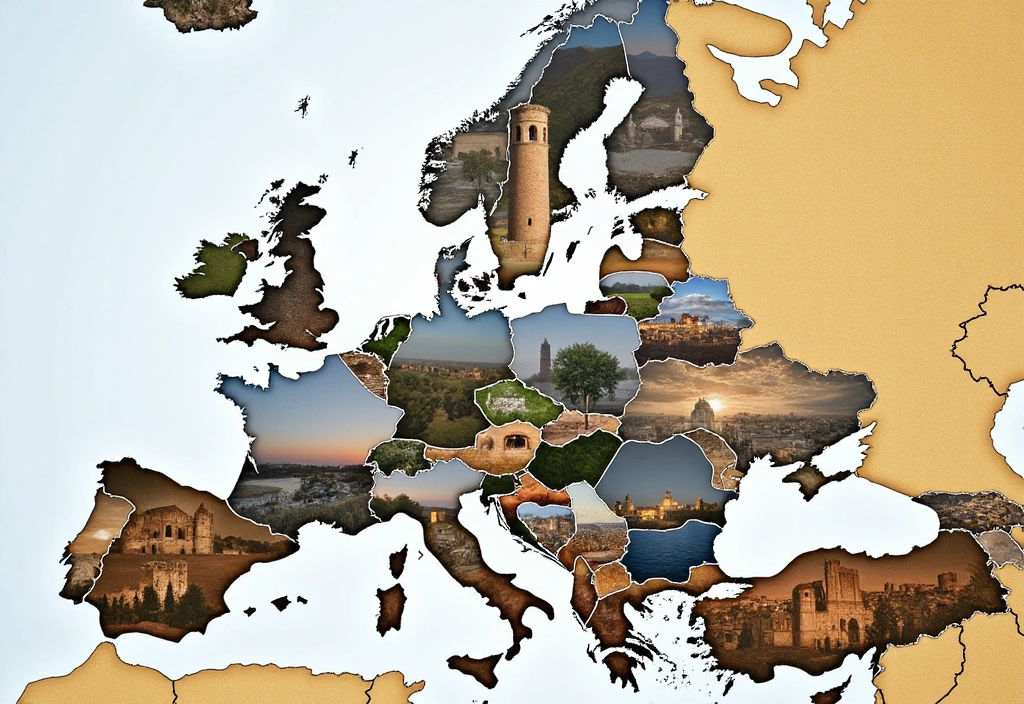
Traveling through these 20 historical landmarks in Europe is more than just a journey; it’s an adventure into the heart of cultural heritage and historical narratives. Each site offers a unique glimpse into the past, inviting us to reflect on the stories that shaped our world.
As you plan your travels, let these remarkable landmarks be your guide to understanding the rich tapestry of history, art, and culture that Europe has to offer. Happy travels!




























